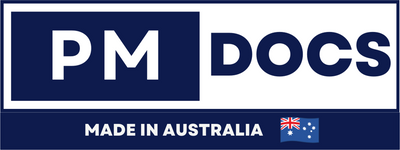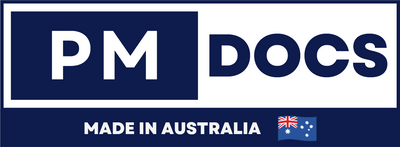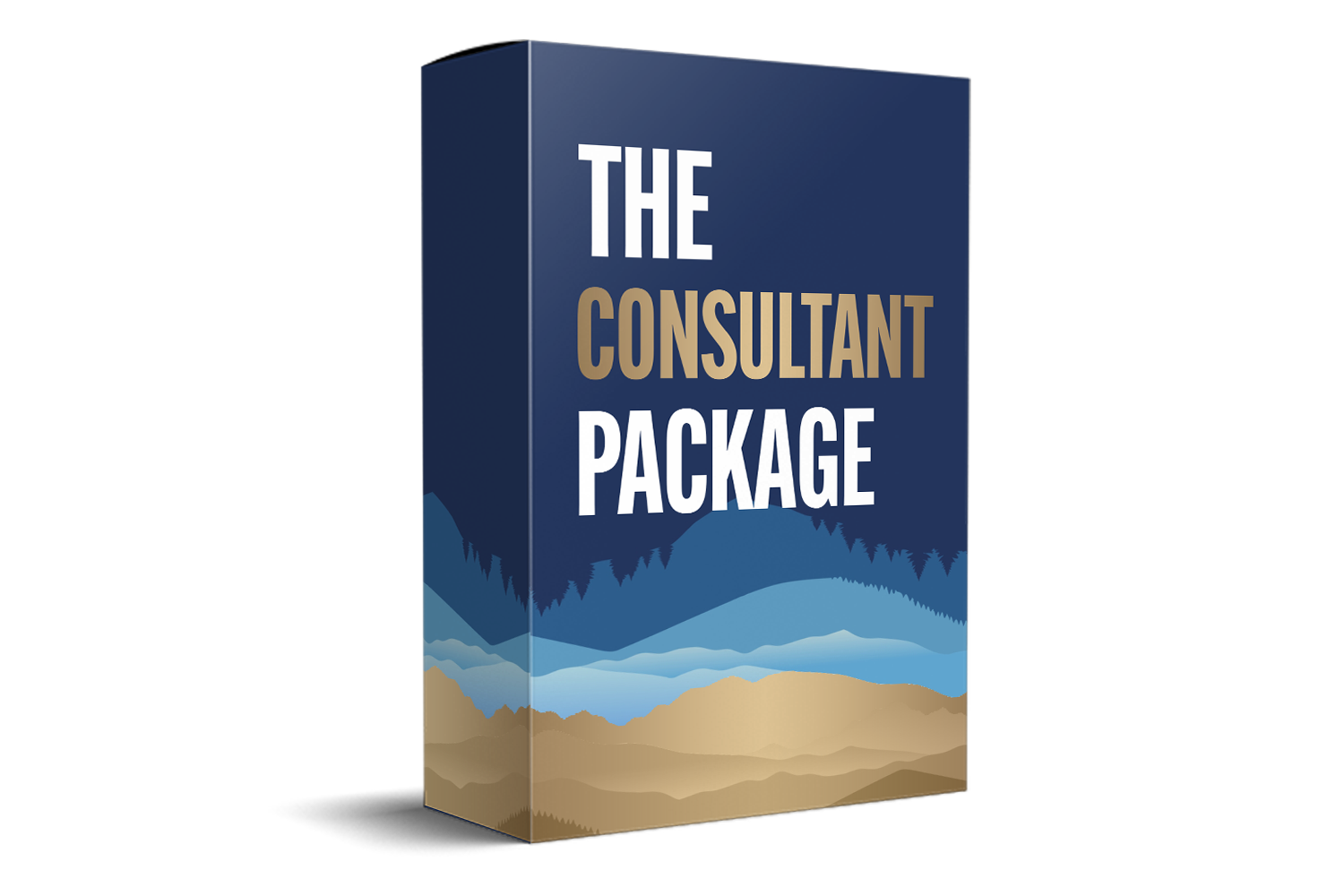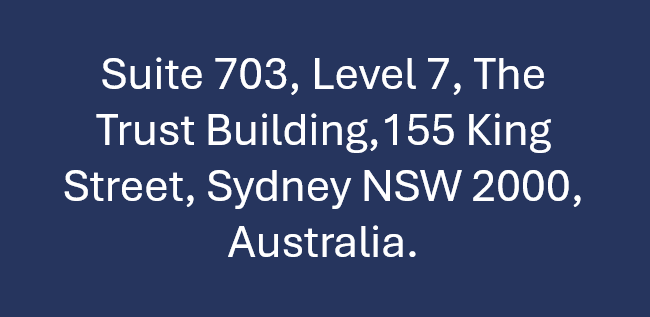ISO 9001 Internal Audits: Best Practices For Australian Companies
Introduction
Internal audits are a critical component of maintaining ISO 9001 certification and ensuring quality management standards are consistently met. As businesses across Australia strive to uphold these standards, understanding best practices for conducting ISO 9001 internal audits becomes essential. This guide will walk you through key aspects of the internal audit process, outline ISO 9001 requirements, and provide practical tips to enhance your audit procedures.

Step-By-Step Breakdown For ISO 9001 Requirements
1. Planning the Audit
Before conducting an internal audit, it's crucial to establish a clear plan. This involves defining the audit's scope, objectives, and criteria. Make sure to consider:
-
Scope: What areas of the QMS will the audit cover?
-
Objectives: What do you hope to achieve through the audit?
-
Criteria: What standards and regulations will the audit be measured against?
2. Preparing the Audit Checklist
An audit checklist serves as a guide for auditors, ensuring all necessary aspects are reviewed. It should be tailored to your organization's specific processes and ISO 9001 requirements.
3. Conducting the Audit
During the audit, auditors gather evidence through interviews, observations, and document reviews. They assess whether the QMS is effectively implemented and maintained, and whether it complies with ISO 9001 standards.
4. Reporting Findings
After the audit, auditors compile their findings into a report. This report should highlight areas of non-conformance, potential risks, and opportunities for improvement. It's essential to communicate these findings clearly and concisely to relevant stakeholders.
5. Follow-Up Actions
Follow-up actions are critical to addressing any issues identified during the audit. Organizations should develop a corrective action plan to rectify non-conformances and improve the overall effectiveness of their QMS.
Key ISO 9001 Requirements For Internal Audits
ISO 9001 sets out specific requirements for conducting internal audits. Understanding these requirements is crucial to ensure compliance and maintain certification. Here are some key elements:
1. Objective Evidence
Internal audits must be based on objective evidence. This means auditors need to rely on facts, data, and observations rather than assumptions or opinions.
2. Auditor Competence
Auditors must possess the necessary skills and knowledge to conduct effective audits. Training and experience in auditing and ISO 9001 standards are essential.
3. Impartiality and Independence
Auditors should remain impartial and independent throughout the audit process. This ensures an unbiased assessment of the QMS and its compliance with ISO 9001 standards.
4. Continual Improvement
The primary goal of internal audits is to drive continual improvement within the organization. Audits should identify areas for enhancement and contribute to the organization's overall quality objectives.
Best Practices For ISO 9001 Internal Audits
Conducting effective internal audits requires more than just following a checklist. Here are some best practices to consider:
1. Involve Cross-Functional Teams
Involving cross-functional teams in the audit process can provide a more comprehensive view of the QMS. Different perspectives can help identify potential issues that might be overlooked by a single department.
2. Use Technology to Your Advantage
Utilize technology to streamline the audit process. Digital tools can help manage audit schedules, document findings, and track corrective actions. This can lead to a more efficient and organized audit process.
3. Foster a Culture of Continuous Improvement
Create a culture that embraces continuous improvement. Encourage employees to view audits as opportunities for growth and development rather than as punitive measures. This mindset can lead to more proactive identification of issues and enhancements.
4. Regularly Review and Update Audit Procedures
ISO 9001 standards and organizational processes evolve over time. Regularly review and update your audit procedures to ensure they remain relevant and effective. This will help maintain compliance and improve the overall quality of your QMS.
5. Provide Ongoing Training and Development
Invest in ongoing training and development for your audit team. This ensures auditors remain up-to-date with the latest standards and techniques, enhancing the overall effectiveness of the audit process.
Overcoming Common Challenges In ISO 9001 Internal Audits
Despite best efforts, organizations may encounter challenges during internal audits. Here are some common hurdles and strategies to overcome them:
1. Resistance to Change
Employees may resist changes resulting from audit findings. To address this, communicate the benefits of improvements clearly and involve staff in the change process. This can foster buy-in and reduce resistance.
2. Lack of Resources
Limited resources can hinder the audit process. Prioritize audits based on risk and impact, and allocate resources accordingly. Consider outsourcing certain aspects of the audit if necessary.
3. Inadequate Documentation
Inadequate documentation can lead to incomplete audits. Ensure all processes are well-documented and easily accessible to auditors. Regularly review and update documentation to reflect any changes in the QMS.
Conclusion
Conducting effective ISO 9001 internal audits is essential for maintaining certification and ensuring high-quality standards within your organization. By understanding the internal audit process, adhering to ISO 9001 requirements, and implementing best practices, you can enhance the effectiveness of your audits and drive continual improvement. Remember, the goal is not just to comply with standards but to use audits as a tool for growth and development. By following these guidelines, businesses in Australia can conduct ISO 9001 internal audits that not only meet regulatory requirements but also contribute to a culture of excellence and continuous improvement.




